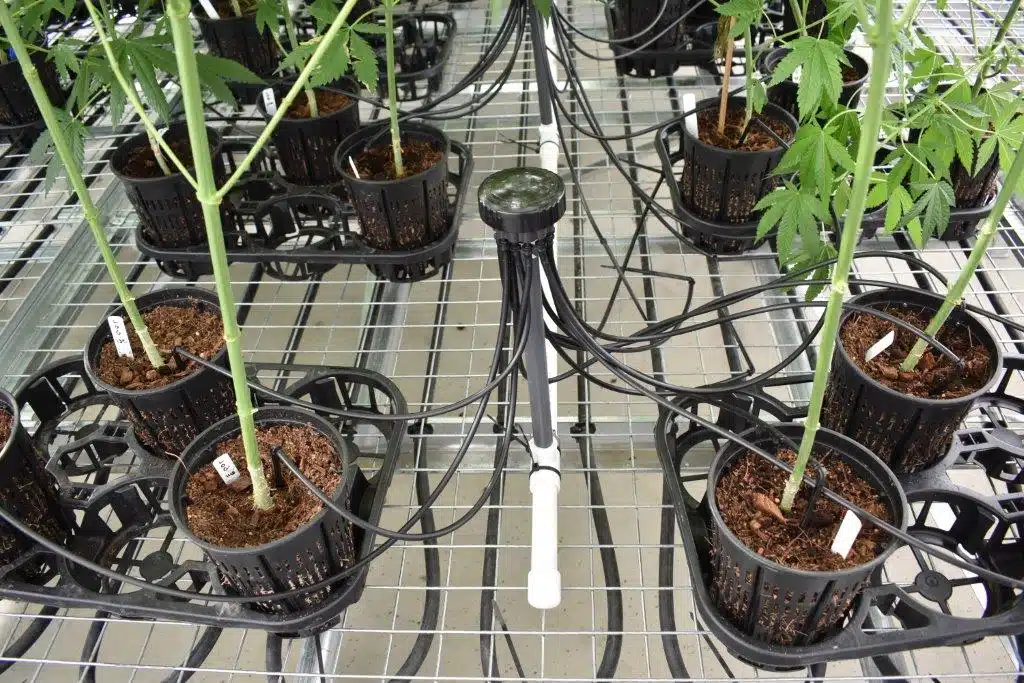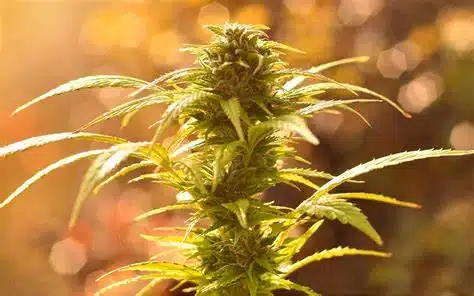Watering Systems In Weed Nurseries
As a cannabis grower, you know how important it is to provide your plants with the right amount of water. However, with so many watering systems available in the market, it can be overwhelming to choose the best one for your weed nursery. In this article, we will discuss different subtopics related to watering systems in weed nurseries to help you make an informed decision.
1. Drip Irrigation Systems
Drip irrigation is a popular choice for cannabis growers because it delivers water directly to the plant’s roots, preventing water wastage and minimizing the risk of overwatering. These systems consist of a network of pipes and emitters that release water at a slow and steady rate. They can be automated, allowing you to set up a watering schedule that suits your plants’ needs.
2. Ebb and Flow Systems
Ebb and flow systems, also known as flood and drain systems, are another popular option for cannabis growers. They consist of a tray or container filled with growing medium and a nutrient-rich solution. The tray is flooded with the solution, and the excess water is drained away. This cycle is repeated at regular intervals, ensuring that the plants receive the right amount of water and nutrients.
3. Aeroponic Systems
Aeroponic systems use misters or sprayers to deliver a nutrient-rich mist to the plant’s roots. These systems are highly efficient and can deliver water and nutrients more effectively than other systems. However, they require a higher level of maintenance and can be more expensive to set up.
4. Deep Water Culture Systems
Deep water culture (DWC) systems are a hydroponic system that suspends the plants’ roots in a nutrient-rich solution. These systems are highly efficient and can produce large yields of high-quality cannabis. However, they require careful monitoring and maintenance to prevent oxygen depletion and nutrient imbalances.
5. Run-to-Waste Systems
Run-to-waste systems, also known as drain-to-waste systems, are a popular choice for growers who prefer soil-based cultivation. These systems involve watering the plants until the excess water drains away. This ensures that the plants receive the right amount of water and nutrients without the risk of overwatering.
6. Hand Watering
Hand watering is the most basic and traditional method of watering plants. This involves manually watering the plants using a watering can or hose. While this method is simple and inexpensive, it can be time-consuming and inconsistent.
7. Automated Irrigation Systems
Automated irrigation systems use sensors and timers to automate the watering process. These systems can be set up to deliver water and nutrients at specific intervals, ensuring that the plants receive the right amount of water and nutrients. They can also be programmed to adjust the watering schedule based on the plants’ needs.
8. Gravity Feed Systems
Gravity feed systems rely on gravity to deliver water to the plants. These systems are simple and inexpensive to set up, but they can be inconsistent and may require frequent monitoring and adjustment.
9. Capillary Mat Systems
Capillary mat systems use a mat or fabric that is placed under the growing medium. The mat is saturated with water, and the growing medium absorbs the water through capillary action. These systems are easy to set up and require minimal maintenance, but they can be less effective than other systems in delivering nutrients.
10. Misting Systems
Misting systems use high-pressure nozzles to spray a fine mist of water over the plants. These systems are popular for cloning and seedling propagation, as they provide a high level of humidity and prevent the plants from drying out. However, they can be less effective for mature plants and may require frequent monitoring and adjustment.
11. Water Quality
The quality of the water you use to irrigate your plants can affect their health and yield. Ideally, you want to use clean, pH-balanced water that is free of contaminants such as chlorine and fluoride. You can use a water filtration system or purchase distilled or reverse osmosis water if your tap water is not suitable.
12. Nutrient Delivery
Most watering systems allow you to add nutrients to the water, which is essential for healthy plant growth. However, it’s important to ensure that your chosen watering system can deliver nutrients effectively to your plants. Some systems, such as DWC and aeroponic systems, can provide a more efficient nutrient delivery system than others.
13. Plant Needs
Different strains of cannabis have different water and nutrient requirements, and their needs can also vary based on the growing stage. Before choosing a watering system, consider the specific needs of the strains you are growing and their growth stage. This will help you choose a system that can provide the right amount of water and nutrients.
14. Watering Frequency
The frequency at which you water your plants can also affect their growth and yield. Cannabis plants typically require watering every 2-3 days, but this can vary based on the growing conditions and the chosen watering system. Ensure that your chosen system can provide the right amount of water and nutrients at the required frequency.
15. Cost
The cost of the watering system is also an important factor to consider. While some systems may be more expensive to set up, they may provide a higher yield and require less maintenance in the long run. Consider your budget and the potential return on investment when choosing a system.
16. Climate
The climate in your region can also affect the choice of watering system. In hot and dry regions, for example, drip irrigation or aeroponic systems may be more effective in conserving water and preventing plant dehydration.
17. System Size
The size of your weed nursery will also impact the choice of watering system. Larger nurseries may require more complex and sophisticated systems, while smaller nurseries may be able to operate with a simpler system.
18. Environmental Impact
As a responsible cannabis grower, it’s important to consider the environmental impact of your chosen watering system. Some systems may be more water-efficient and eco-friendly than others, reducing your water consumption and environmental footprint.
19. Maintenance
Different watering systems require different levels of maintenance, so consider the time and effort required to maintain the system when making your choice. Some systems, such as DWC and aeroponic systems, require more frequent monitoring and adjustment, while others, such as drip irrigation and run-to-waste systems, are relatively low-maintenance.
20. Personal Preference
Ultimately, the choice of watering system will depend on your personal preference and the specific needs of your cannabis plants. Consider the pros and cons of each system, and choose the one that best suits your growing style and goals.
As you can see, choosing the right watering system for your cannabis plants involves considering a range of factors. By understanding the different systems available and their benefits and drawbacks, you can make an informed decision and ensure healthy growth and maximum yield for your weed nursery.
Don’t forget to check out West Coast Releaf Online Dispensary for all your cannabis needs, from buds to concentrates, edibles, tinctures, vapes, and more. With their convenient online ordering and delivery options, you can easily buy weed online in BC and across Canada.
Conclusion
If you are interested in buying weed online and THC products, check out West Coast Releaf online weed dispensary and shop for your weed online and cannabis products at westcoastreleaf.co!













